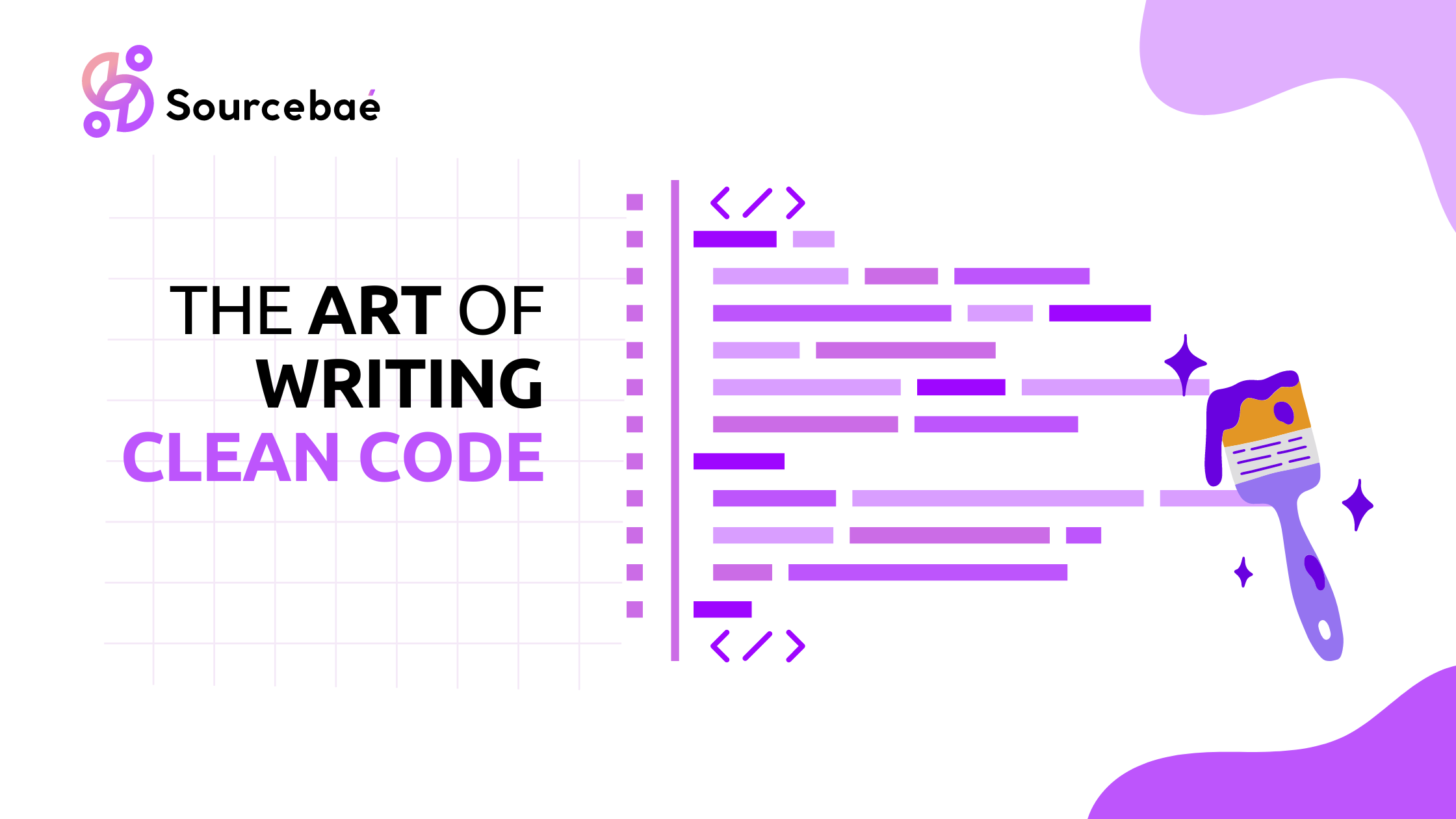In the world of software development, writing code is just the beginning. Writing clean code, on the other hand, is an art. Clean code is not just about achieving functionality; it is about crafting code that is easy to read, understand, and maintain. Clean code can save developers countless hours of frustration and make collaboration a breeze. In this article, we will delve into the concept of clean code, its benefits, and best practices to achieve it.
What is Clean Code?
Clean code can be defined as code that is simple, readable, and expressive. It follows a set of principles and practices that aim to minimize complexity, increase readability, and enhance maintainability. Clean code is not a language-specific concept but is applicable to all programming languages. It focuses on making code self-explanatory, reducing duplication, and ensuring that each function or method does one thing and does it well.
Benefits of Clean Code
- Readability: Clean code is easy to read and understand. It follows a consistent style, uses meaningful names for variables and functions, and employs proper indentation and formatting. This readability facilitates faster comprehension and reduces the time required for maintenance and debugging.
- Maintainability: Clean code is maintainable code. By adhering to clean coding practices, developers ensure that future modifications and enhancements can be made without introducing new bugs or causing unintended side effects. Clean code is modular and loosely coupled, making it easier to make changes to specific sections of code without affecting the entire system.
- Collaboration: Clean code is like a common language that promotes effective collaboration among team members. When code is clean and well-structured, it becomes easier for developers to work together, review each other’s code, and understand the logic behind it. Clean code encourages teamwork and reduces conflicts arising from code quality issues.
Best Practices for Writing Clean Code
- Meaningful Names: Use descriptive and self-explanatory names for variables, functions, and classes. Avoid abbreviations and cryptic acronyms. Clear naming improves code comprehension and eliminates the need for excessive comments.
- Single Responsibility Principle: Aim for functions and classes that have a single responsibility. This promotes modular code that is easier to understand, test, and maintain. Avoid functions that are too long or perform multiple tasks.
- Code Formatting: Consistent code formatting enhances readability. Follow a coding style guide or team conventions to ensure uniformity in indentation, spacing, and brace placement. Utilize proper line breaks and whitespace to make code visually appealing.
- Avoid Code Duplication: Duplicated code increases the chances of errors and makes maintenance harder. Extract common code into reusable functions or classes to eliminate redundancy and improve code maintainability.
- Testability: Write code that is easily testable. Separate business logic from external dependencies, and strive for high code coverage through unit tests. Testable code is more robust and encourages the adoption of automated testing practices.
Conclusion
Clean code is a fundamental aspect of software development that cannot be ignored. It contributes to the success of projects by enhancing readability, maintainability, and collaboration among developers. By following best practices for writing clean code, developers can build robust systems that are easier to understand, modify, and extend. So, let’s embrace the art of writing clean code and create software that stands the test of time.
Need a developer who can work remotely? Our network includes talented remote developers with the capability of writing clean codes who are ready to work with you.





